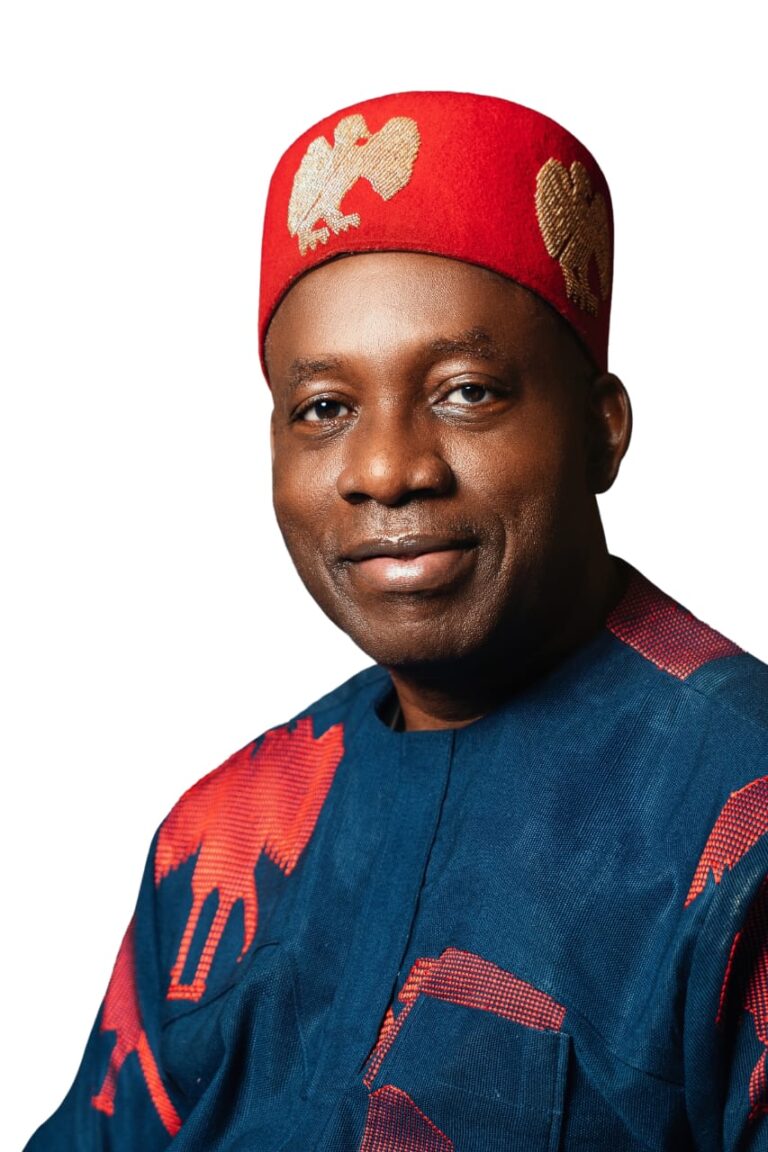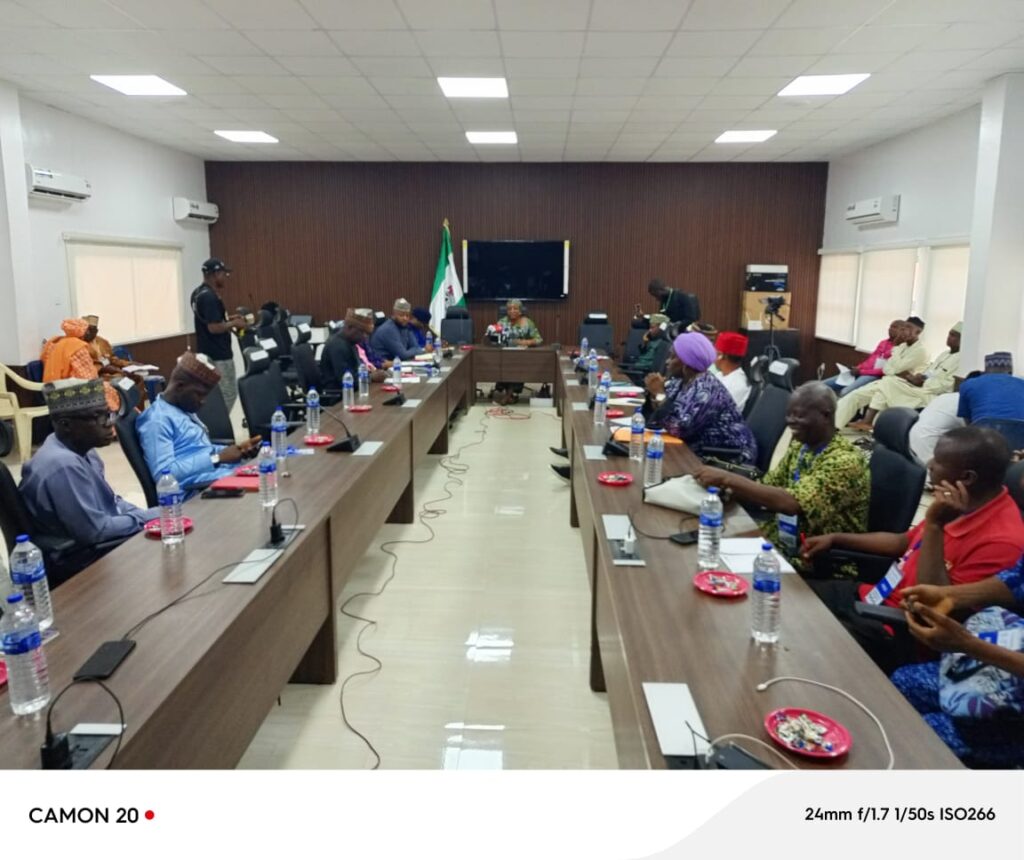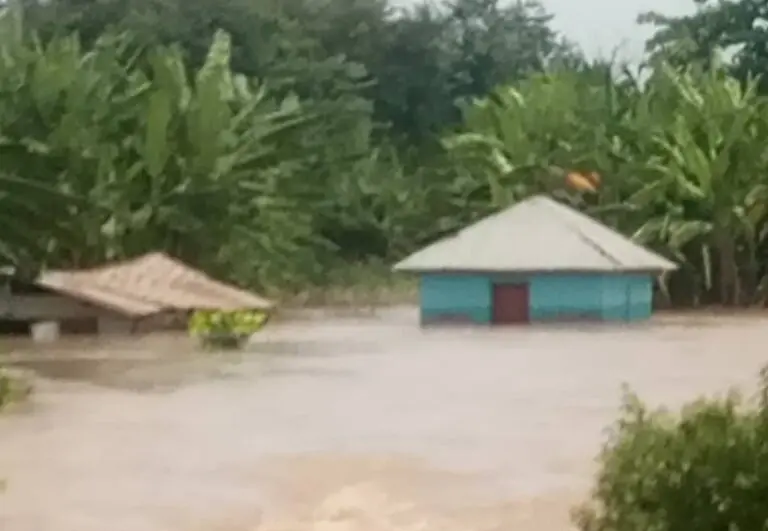The Kwara State Government has lamented the acute shortage of medical doctors in its health facilities, attributing the challenge to brain drain, popularly known as the ‘Japa syndrome’, which has heavily impacted Nigeria’s healthcare sector.
Speaking during the 2025 first-quarter inter-ministerial press briefing organized by the State Ministry of Communications in Ilorin, the Executive Secretary of the Kwara State Hospital Management Board, Abdulraheem Abdulmalik, revealed that despite receiving approval from Governor AbdulRahman AbdulRazaq to recruit new doctors, the board has been unable to find qualified personnel.
Blaming the situation on the ‘Japa syndrome’, Abdulmalik said: “We have the approval of His Excellency to recruit doctors, but we can’t find doctors to recruit. Doctors are hot cakes now. If a doctor resigns in the morning, he gets another job in the afternoon.”
He stated that the State currently has only 99 doctors, far below the required 180 to 200 medical personnel. Prior to a recent salary increase approved by the governor, the government had just 96 doctors on its payroll.
“The three medical doctors who left the service returned after the recent salary increase. We now have 99 doctors, and we’re expecting more. However, we still need about 180 to 200 to meet the demand,” he said.
In response to the shortage, Abdulmalik disclosed that the board is developing a software application that will provide patients in its 45 health facilities with real-time information on the availability of doctors.
This, he said, is aimed at reducing delays and preventing situations where patients collapse while waiting to see a doctor.
He noted that rural areas are more severely affected and emphasized that the government is working on better remuneration and incentives for doctors, within available resources, to match conditions in the western world, where many Nigerian doctors are migrating.
To address the long-term shortage, Abdulmalik revealed a retention strategy that would commence in about four years.
According to him, the plan involves sponsoring medical students for a year or two, with the agreement that they will serve the state for the same duration upon graduation.
“With this arrangement, the state government will sponsor students from their clinical years — starting from 400 level — and in return, they will work for the state for the same number of years. This will help maintain a continuous cycle and gradually close the doctor gap,” he explained.
Despite the challenges, Abdulmalik noted that the state’s health facilities have seen improved enrolment. Between January and April 2025, the 45 health facilities recorded 43,065 patient visits, including 12,000 pregnant women, out of which 2,000 were newly registered.
Within the same period, he said 1,000 surgeries were performed across the state’s hospitals, while 1,384 childbirths were recorded, including 131 caesarean sections — representing 9.5 percent, which is close to the World Health Organisation’s (WHO) recommended rate of 10–15 percent.
He also disclosed that 30 mortalities were recorded during the first quarter of 2025.
To further strengthen the healthcare system, Abdulmalik announced plans by the state government to partner with indigenous drug manufacturers.
This move, he said, would reduce reliance on imported drugs and conserve foreign exchange.















